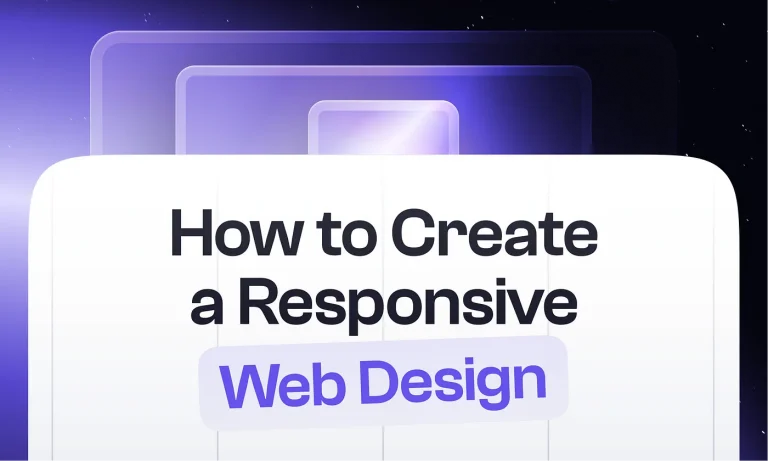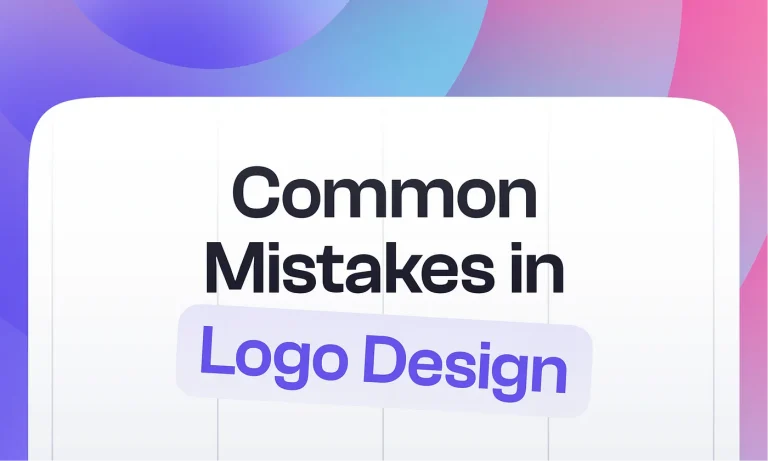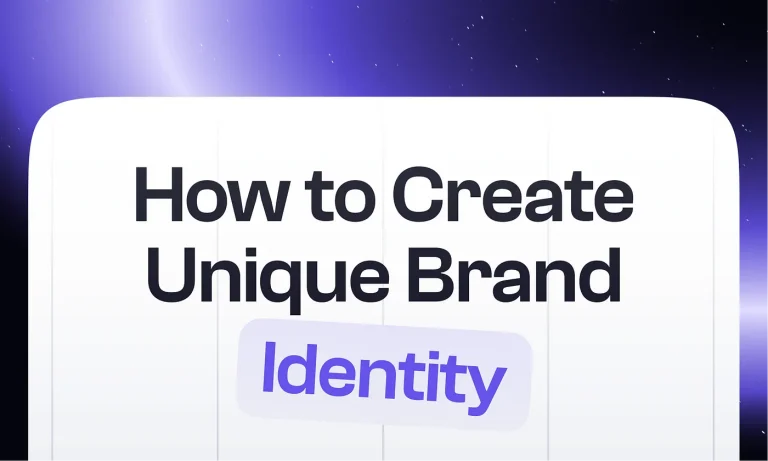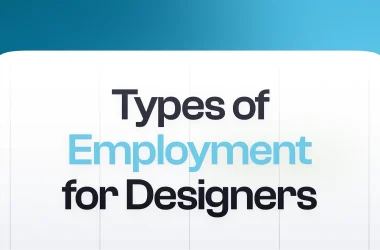Design automation is already happening. Augmented and virtual reality technologies are being used more and more often. The generative design also found itself in a similar situation. But what are its essence and features? Let’s figure it out.
Generative design is a new approach to product design and creation: improved personalization, automation of creativity and mass uniqueness. This is when the problem is sought directly by the program. The person sets the restrictive parameters within which the machine must select options.
In this case, the software has an enormous advantage over humans. It can generate thousands of ideas in a given range and select the most successful ones. Neural networks do not need rest, search for inspiration and do not make calculating mistakes. In a minute, they can find a solution that will not even occur to a specialist for a year. Generative design is already used in many areas of production. It includes industrial and graphic design, architecture and art, the entertainment industry and web design.
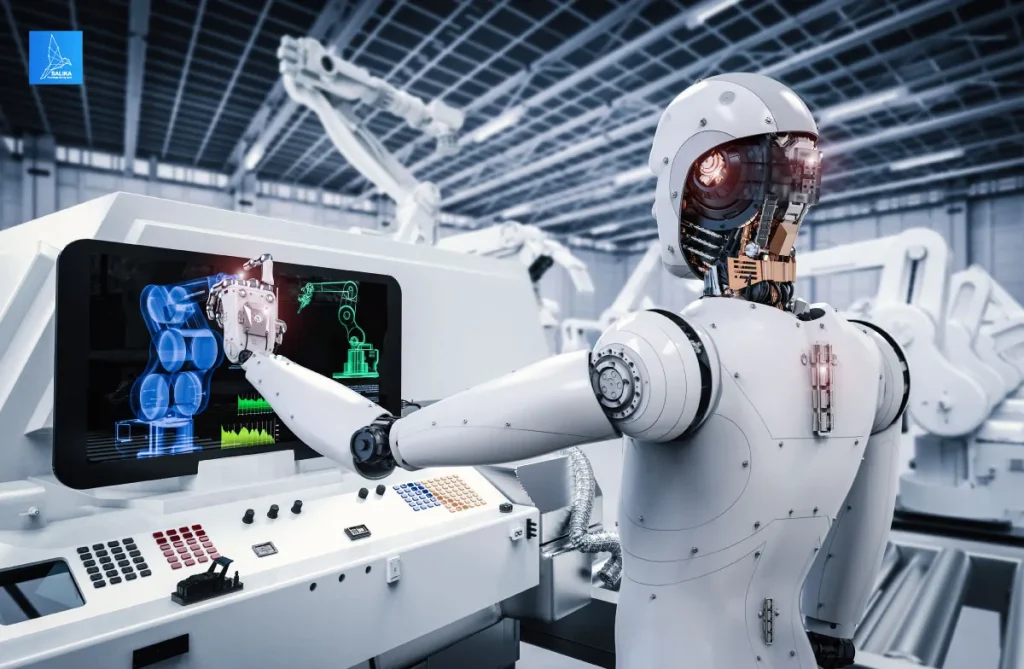
Even now, generative design can facilitate the routine process of the site layout. If robots create logos for us and select colors for the site, their use as assistants in the design of the sites themselves looks like a logical step. Furthermore, such a robot designer can link with modern marketing tools like segmentation and data analysis systems, automatically tailoring a landing page to diverse audiences based on their preferences and behavior data.
Such technologies could not fail to interest web designers. In site building, designers utilize generative design tools for various purposes. The layout of the site by neural networks is an interesting approach to the usual process: it turns out that it is realistic to generate a full — fledged original web page based on an ordinary layout. The system can automatically create a page code by configuring the appropriate layout and design. It frees a person from routine and allows him to fill a ready-made website with the necessary content.
Automatic redesign using generative technologies is a practical and effective function that magically turns an outdated website into a modern and stylish one, preserving all the published content and the overall structure. The final result is unlikely to suit perfectionists who expect meaningfulness and functionality from the new design, but in general, the tool is more useful than not.
Web typography is the most exciting and futuristic aspect of generative web design. Technologies are already generating unique fonts based on existing ones — and it turns out very well! Among the obvious advantages of “generative” fonts are the absence of an author and subtle differences in their appearance.
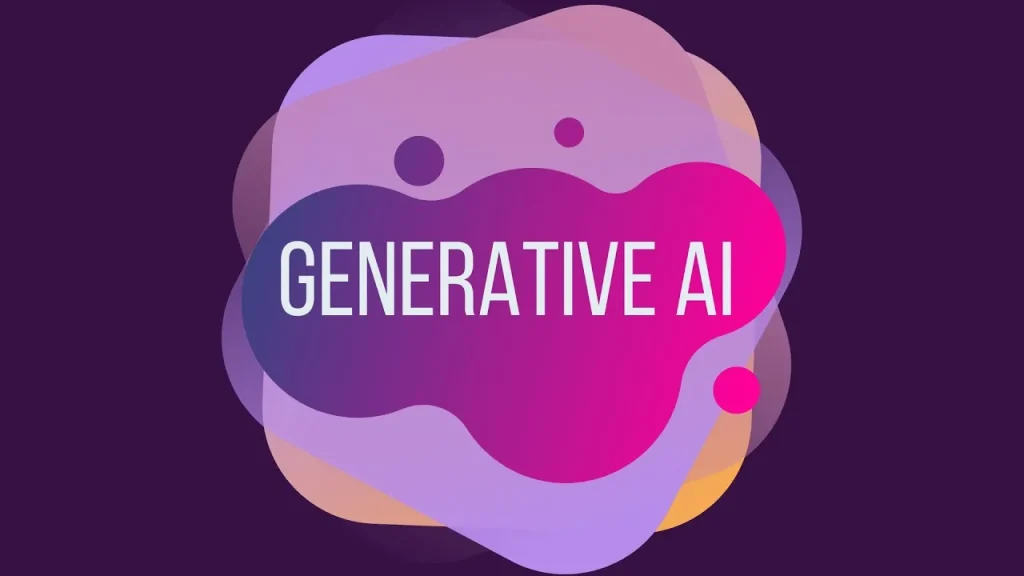
In graphic design, the benefits of the generative approach are clear. With its help, you can create a brand identity “from scratch”, generate thousands of different variants of drawings and emblems according to a predetermined algorithm (ideal for the design of packages, posters or badges), as well as visualize data using infographics.
Generative design is the embodiment of the ideas of futurists and dreamers in reality. It is a vivid demonstration of the fusion of science and art, mathematics and painting, and man and artificial intelligence. These technologies help us create new things at the expense of the old while continuing our training.
On the other hand, in the field of art and the areas bordering it (including graphic and web design), a “machine” is unlikely to surpass an individual. After all, an artist will always have one important advantage over the “collective experience” of neural networks: the subjective perception of beauty.
Psss, more exciting topics are coming soon on this platform. Stay tuned!

